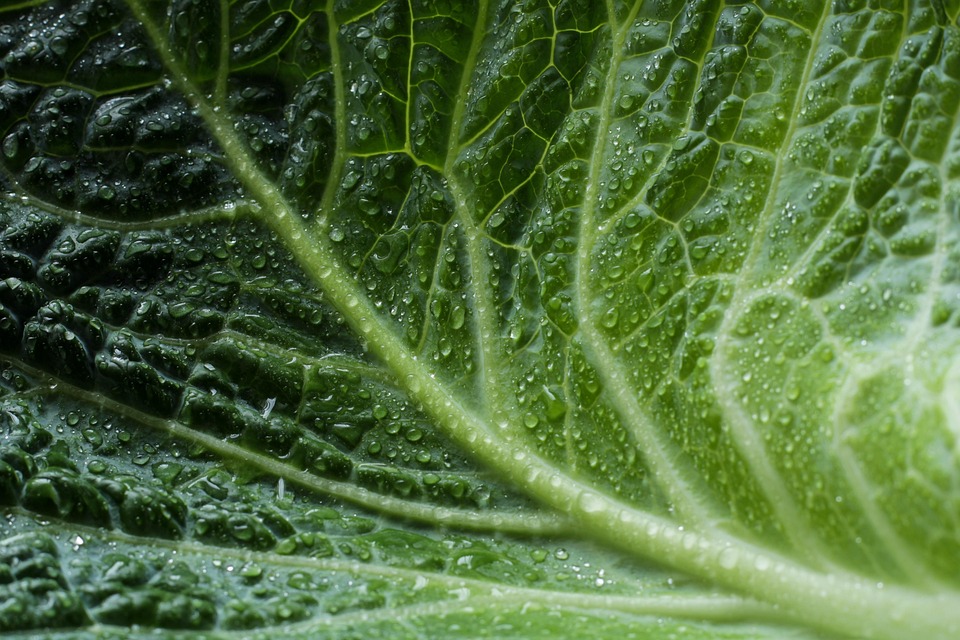Nature is a masterpiece of complexity, characterized by a delicate balance that sustains life on Earth. This intricate arrangement of relationships, known as ecosystems, illustrates how organisms and their physical environment interact in a web of life. In this article, we will delve into the essence of ecosystems, examining their components, their functioning, and the threats they face, all while highlighting the importance of maintaining this harmony for the future of our planet.
What are Ecosystems?
An ecosystem encompasses a community of living organisms, including plants, animals, fungi, and microorganisms, interacting with one another and with their physical environment—soil, water, and climate. Ecosystems can vary greatly, from a small pond to a vast rainforest or desert. Each ecosystem is defined by its unique biological and physical characteristics, which work together to create a dynamic system capable of supporting life.
Components of Ecosystems
Ecosystems consist of two primary components: biotic (living) and abiotic (non-living) elements.
-
Biotic Components:
- Producers: Also known as autotrophs, these organisms, primarily plants, convert sunlight into energy through photosynthesis, forming the foundation of the food web.
- Consumers: These organisms, which can be herbivores, carnivores, or omnivores, rely on producers or other consumers for their energy. They play a crucial role in transferring energy through various trophic levels.
- Decomposers: Fungi and bacteria break down dead organic material, recycling nutrients back into the ecosystem, thus maintaining soil health and fertility.
- Abiotic Components:
- These include the physical and chemical environment: sunlight, temperature, soil composition, water availability, and climate. Abiotic factors greatly influence the types of organisms that can thrive within an ecosystem.
The Interconnectedness of Life
The web of life is characterized by complex interactions among its components. Food webs demonstrate how energy flows through an ecosystem, illustrating predator-prey relationships and competition for resources. Moreover, these interactions extend beyond individual species, fostering biodiversity—the variety of life that is essential for ecosystem resilience.
Biodiversity plays a critical role in maintaining the balance within ecosystems. Diverse species can adapt to environmental changes, resist diseases, and provide a wider array of ecosystem services, such as pollination, nutrient cycling, and water purification. The loss of even a single species can have cascading effects throughout the ecosystem, disrupting these finely tuned interactions.
The Importance of Ecosystem Services
Ecosystems provide invaluable services that sustain human life and contribute to well-being. These services can be categorized into four main types:
-
Provisioning Services: Resources such as food, water, timber, and medicinal compounds are derived from ecosystems. Sustainable management of these resources is crucial for future generations.
-
Regulating Services: Ecosystems regulate climatic conditions, air and water quality, and natural disasters. Wetlands, for example, function as natural buffers against floods and droughts.
-
Cultural Services: Nature enriches our lives in non-material ways, providing recreational, aesthetic, and spiritual value. Many cultures around the world are intrinsically linked to their local ecosystems.
- Supporting Services: These include nutrient cycling, soil formation, and habitat provision, underlying the other ecosystem services that we rely upon.
Threats to Ecosystem Balance
Despite their importance, ecosystems worldwide face unprecedented threats due to human activity. Deforestation, pollution, urbanization, climate change, and invasive species jeopardize the delicate balance within ecosystems. Habitat destruction not only diminishes biodiversity but also undermines the services that sustain human populations.
For instance, climate change alters temperature and precipitation patterns, disrupting the timing of seasonal events such as flowering and migration. Rising sea levels threaten coastal ecosystems, while increased carbon dioxide levels can lead to ocean acidification, impacting marine life.
The Path Forward: Conservation and Sustainable Practices
To preserve the intricate balance of ecosystems, urgent action is necessary. Conservation efforts focused on protecting habitats, restoring degraded areas, and promoting sustainable resource management can mitigate human impacts. Community involvement and education are also vital in fostering a sense of stewardship for the natural world.
Individuals can contribute by adopting sustainable practices in daily life, such as reducing waste, choosing locally-sourced products, and supporting initiatives that promote ecological sustainability. Governments and organizations must prioritize environmental policies that protect biodiversity and promote sustainable development.
Conclusion
Nature’s web represents an interconnected system of life, a marvel of evolution formed through millions of years of adaptation and coexistence. Our survival depends on the health of these ecosystems and the services they provide. Understanding and respecting the intricate balance of life will empower us to make informed decisions and take meaningful action toward a sustainable future. It is our responsibility to protect this precious web not only for ourselves but for all the generations yet to come. By acknowledging our role within this interconnected framework, we can work towards a healthier planet where both nature and humanity thrive in harmony.

Leave a Reply